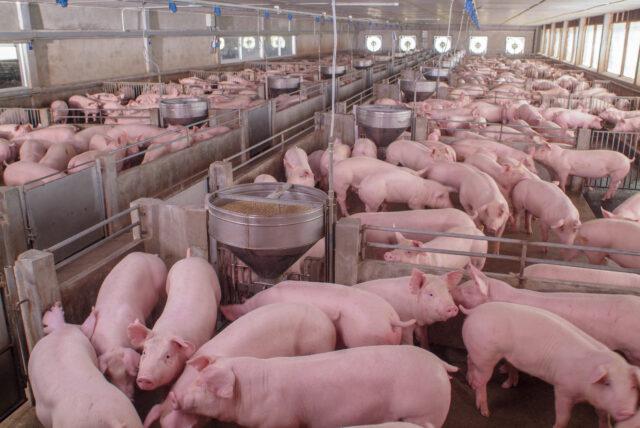Porto Alegre, May 4, 2022 – April was marked by a good recovery in live pig prices in the Center-South of the country. On the 28th, the average price of a kilogram of live pig sold in the Center-South of the country was BRL 5.79, an increase of 15.24% over the closing of March. The replacement between wholesale and retail advanced satisfactorily due to Easter and later with market agents being optimistic about Mother’s Day and the entry of salaries into the economy, which must occur in the first half of May. However, prices are far from covering the cost of production and mitigating the risk of losses, especially for independent farmers. The attached graph shows the trajectory of costs and prices in Santa Catarina (Brazil’s largest producer). Note: Embrapa’s last cost is from March. April figures took into account market indicators. The market situation is still delicate, considering that the loss in the state is around BRL 2 per live kilogram. Of course, the situation is not restricted to the Santa Catarina market.
The big question is whether prices will remain supported in the coming few months since national production is still large. Historically, slaughtering accelerates in Brazil after the first quarter due to seasonal factors, such as the expectation of higher demand in the winter and preparations for festivities at the end of the year. The low price of pork compared to beef cuts in a difficult economic environment can boost the selling pace over the year. The price of chicken has advanced strongly in recent months, which allowed for pork carcass to gain attractiveness, another beneficial point. The exchange ratio between pork carcass and frozen chicken in the state of São Paulo reached 1.15 in March, the lowest level in recent years.
The market has already been adopting measures aimed at productive adjustment, such as reducing the average weight of animals. This movement should persist over the next few weeks, considering that many pig farmers are faced with a weakened financial structure due to the prolonged period of losses. Besides, the abandonment of the activity by another portion results in a greater supply of animals for slaughter in this first semester, including matrices, a factor that will result in a tighter supply scenario in the medium and long term.
The domestic availability account is formed from production + imports – exports. Brazil does not import, and production is high as mentioned earlier. As for exports, the volume has improved but prices per ton have fallen. On the 25th, SECEX announced that until the fourth week of April, Brazil exported 67,133 tons of fresh, chilled and frozen pork, with a daily average of 4,795 tons. Following this average until the end of the month plus industrialized pork, April exports may close around 100 thousand tons. The last month that Brazil managed to export more than 100 thousand tons was in September 2021. On the other hand, the average price per ton was USD 2,216.29, according to the week’s data. Low price per ton is bad for the industry’s margins, affects the dynamics of business involving live pork in the domestic market, and hinders price negotiations.
Thus, the perspective is that live pig prices will hardly be able to overcome costs in the short term. The sector must continue working to find a balance in the medium and long term. The cost scenario is still challenging for the activity. The corn scenario began to stress, with fewer offers by producers, who evaluate the strengthening of the dollar against the real, the movement of international prices, and export parity, which has quite changed in recent days. The market still speculates on the weather in Minas Gerais and Goiás. Soybean export parity has also advanced in recent days. Thus, the cost of production is a point of attention in the short term. The corn second crop is progressing well in the country so far and may bring a more favorable environment in the second semester, depending on the weather. Besides, a good US crop is also essential for price formation in the second half of the year.
SAFRAS Latam

